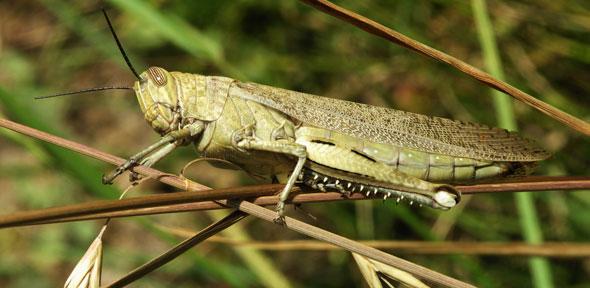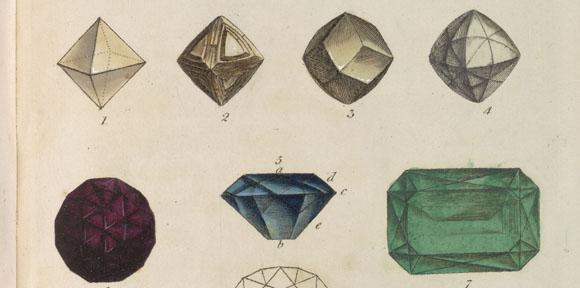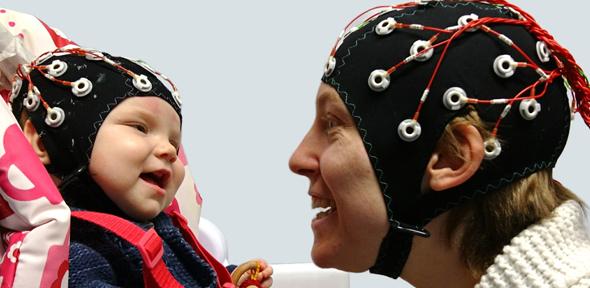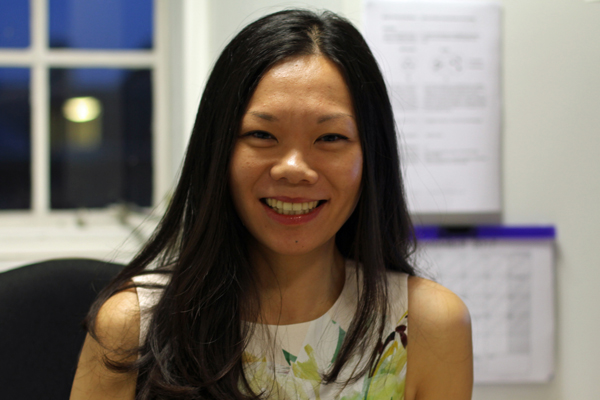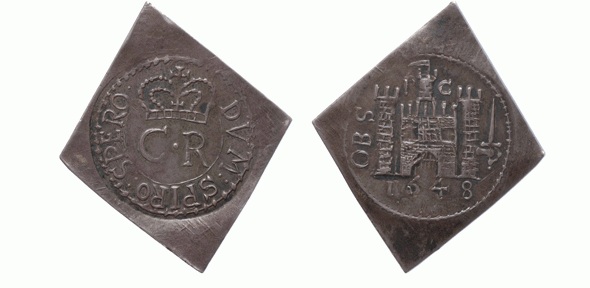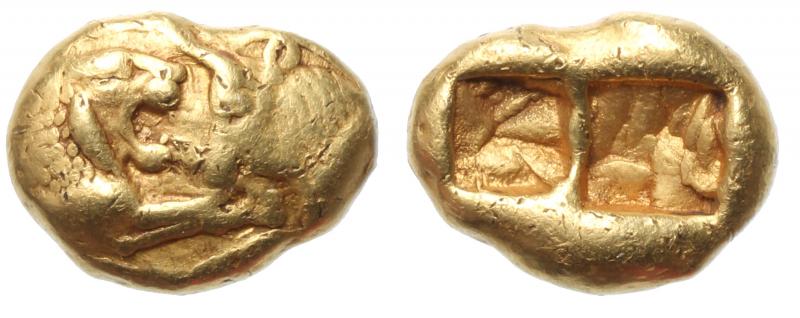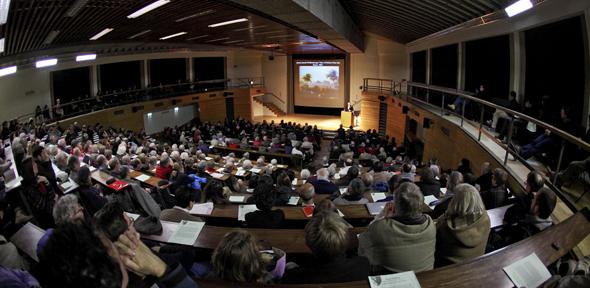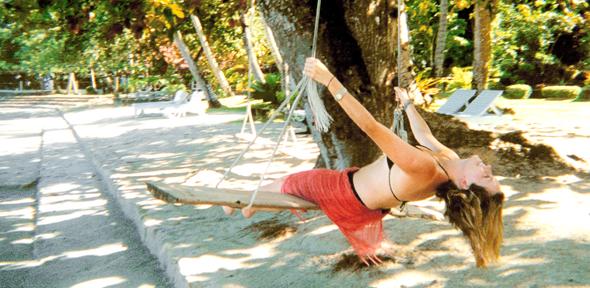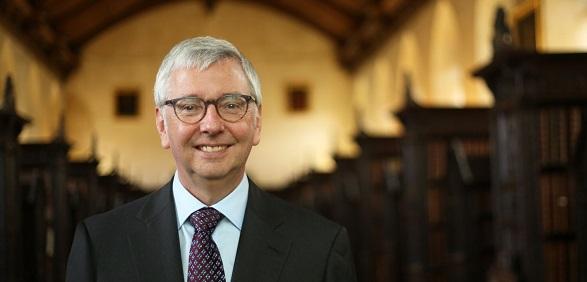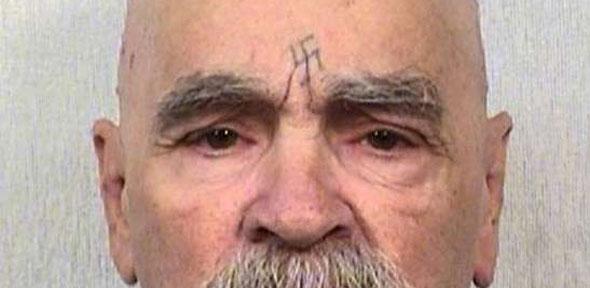
So, Charles Manson has died, aged 83, of “natural causes”. The con-man, musician and erstwhile cult leader, who came to embody mainstream American fears of the 1960s counterculture “gone wrong”, had an easier death at Kern County hospital in California than any of the seven people whose murders he orchestrated in August 1969.
Manson has been largely out of the public view since his conviction for the Tate-LaBianca killings in January 1971 alongside several members of his “family” – but there has been little diminution of his grisly fame. Earlier this year it was announced that Quentin Tarantino is making a film about the Manson murders. Big names such as Margot Robbie and Brad Pitt are among those said to be lining up for parts.
There remains something strange about the attention that Manson generated in life and now in death. It’s a level of interest which far exceeds matters of public record. As such, it’s difficult to know what to say by way of response to the news of his passing – or even what to say for the purposes of a tentative obituary. Difficult, because it’s hard to know precisely who (or what) the name Charles Manson is being used to describe.
Manson, born Charles Milles Maddox in 1934, spent most of his life behind bars. Before convening the cult-like group “The Family” in 1967, he had convictions for car theft and robbery. But it was towards the end of 1969 that he really came to public attention. He was arrested and put on trial for his role as the mastermind of a total of nine murders, including those of the actress Sharon Tate and four friends, and Leno and Rosemary LaBianca over the course of the weekend of August 8-9 1969. In March 1971 he was given the death penalty which was later commuted to commuted to life imprisonment.
According to testimony at his trial and that of his followers, Manson was not actually directly responsible for wielding a murder weapon at either of the two crime scenes (although there’s plenty to suggest he was involved in other murders at around the same time). But the court found he had masterminded and ordered the Tate-LaBianca killings, made all the more horrific by the fact that actress Tate had been pregnant at the time of her murder.
Different kind of celebrity
Whether you like it or not, from his conviction to his death, Manson was a celebrity. He became a celebrity when he made the cover of Life magazine in December 1969 and Rolling Stone in June 1970 – and subsequent novels, films, recordings, interviews, t-shirts and comic books have sought alternately to shore up this status and to demythologise it.
This Manson culture industry (which shows no signs of slowing down) has kept his name in public circulation for nearly half a century. It’s this material which invariably forms the basis of the analysis whenever Manson’s life and “career” is considered. What becomes visible is something of a schizoid split in which the name Charles Manson gains two points of reference.
There’s “Charles Manson” which effectively describes the life of Charles Milles Maddox, criminal – and then there’s “Charles Manson”, the potent symbol of evil, the name which in the words of one of his recent biographers has become a “metaphor for unspeakable horror”.
An early example of the latter came from the writer Wayne McGuire in 1970. Writing in his column for Fusion magazine, “An Aquarian Journal”, he speculated that at “some point in the future”, Manson would “metamorphose into a major American folk hero”. The comment was later used as the epigraph for The Manson File, a collection of Manson-related writings first published by Amok Press in 1988. The prediction was fully realised in 1997 with the inclusion of Manson in James Parks’ collection, Cultural Icons. Here, nestling between Lata Mangeshkar, Mao Tse Tung and Robert Mapplethorpe, Manson was identified as an “American Murderer” who “channelled his peculiar cocktail of black magic, drugs, sex and rock n roll into homicidal mania”. It is this “peculiar cocktail” that underpins Manson’s symbolic status.
What gives his crimes – and his name – a notoriety in excess of that held by the likes of the Boston Strangler, Albert DeSalvo and the unknown “Zodiac Killer”, who terrorised Northern California in 1968 and 1969, is that they simultaneously interact with a matrix of other powerful symbols that carry a greater cultural resonance than the breaking of a law, however severe.
Hollywood meets the crazies
Tate’s murder brought into collision two heavily mediated zones: Hollywood and the counterculture. Manson’s interest in The Beatles and use of their song title “Helter Skelter” as a blood-drenched slogan further intensified this disturbing elision of murder and popular culture. As with The Rolling Stones’ concert at the Altamont Speedway in December 1969 – at which a member of the audience was murdered by a Hells Angel – the Manson murders, once filtered through media sensitive to their range of connections, become emblems for the “end” or even “death” of the 1960s.
Whether viewed as catalyst or symptom, they are events that stand in for explanations of economic shift, geopolitical crisis and social inequality which describe the decade’s apparent decline into death, violence and what Hunter S. Thompson called “bad craziness”.
If anything it was the Tate-LaBianca murders that carry the metaphorical currency, while the name “Manson” now probably signifies something else. It’s a name to conjure with. “Manson” brings to mind the shadow-side of the 1960s: the incipient violence that lay beneath the counterculture’s day-glo optimism and the lost potential of a decade’s calls for peace and pacifism. When viewed from the vantage point of seeing the long, strange and violent life laid out, it refers also to someone who understood and was able to exploit the potency of the popular culture around him.
There’s very little to celebrate here, but maybe there’s something to learn about what it means to be a celebrity.
James Riley, Fellow and College Lecturer in English, Girton College, Cambridge, University of Cambridge
This article was originally published on The Conversation. Read the original article.
Charles Manson, one of America's most notorious criminals and cult leaders, has died. In an article written for The Conversation, James Riley from Cambridge's Faculty of English discusses Manson and the nature of celebrity.

The text in this work is licensed under a Creative Commons Attribution 4.0 International License. For image use please see separate credits above.


